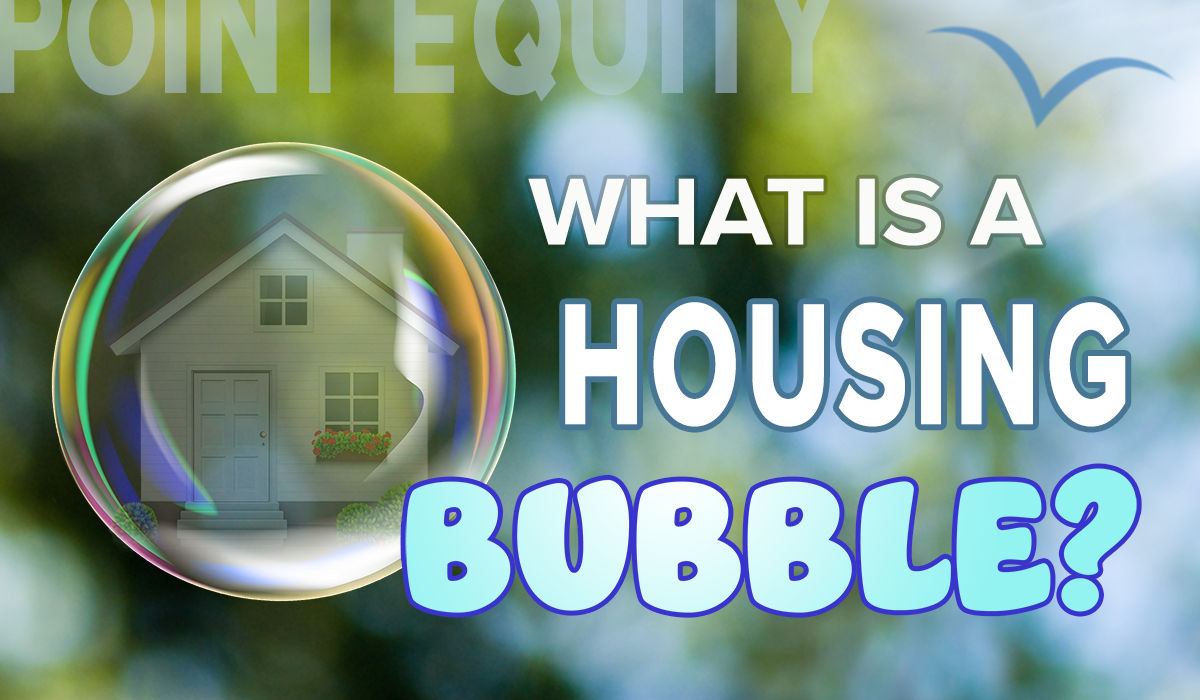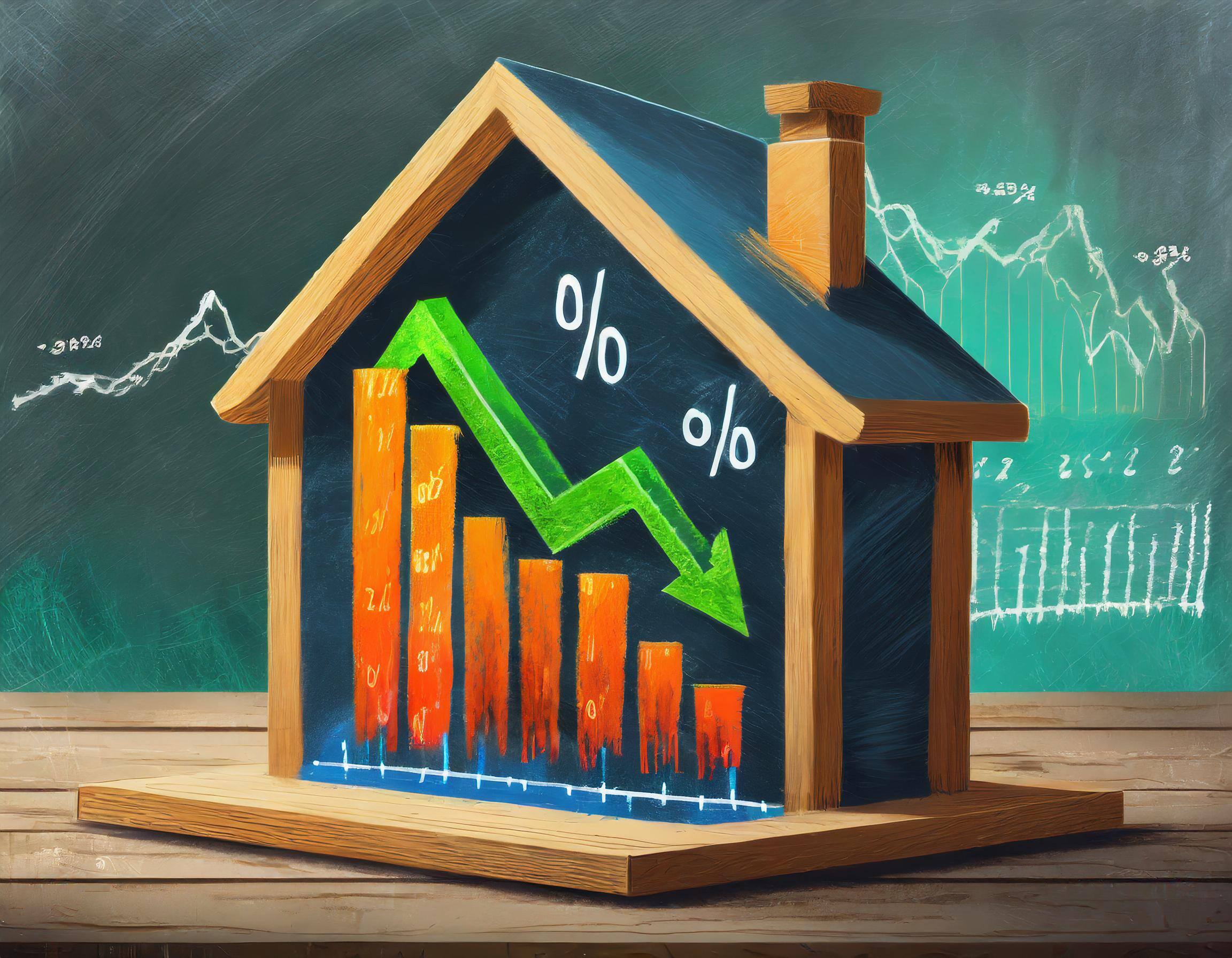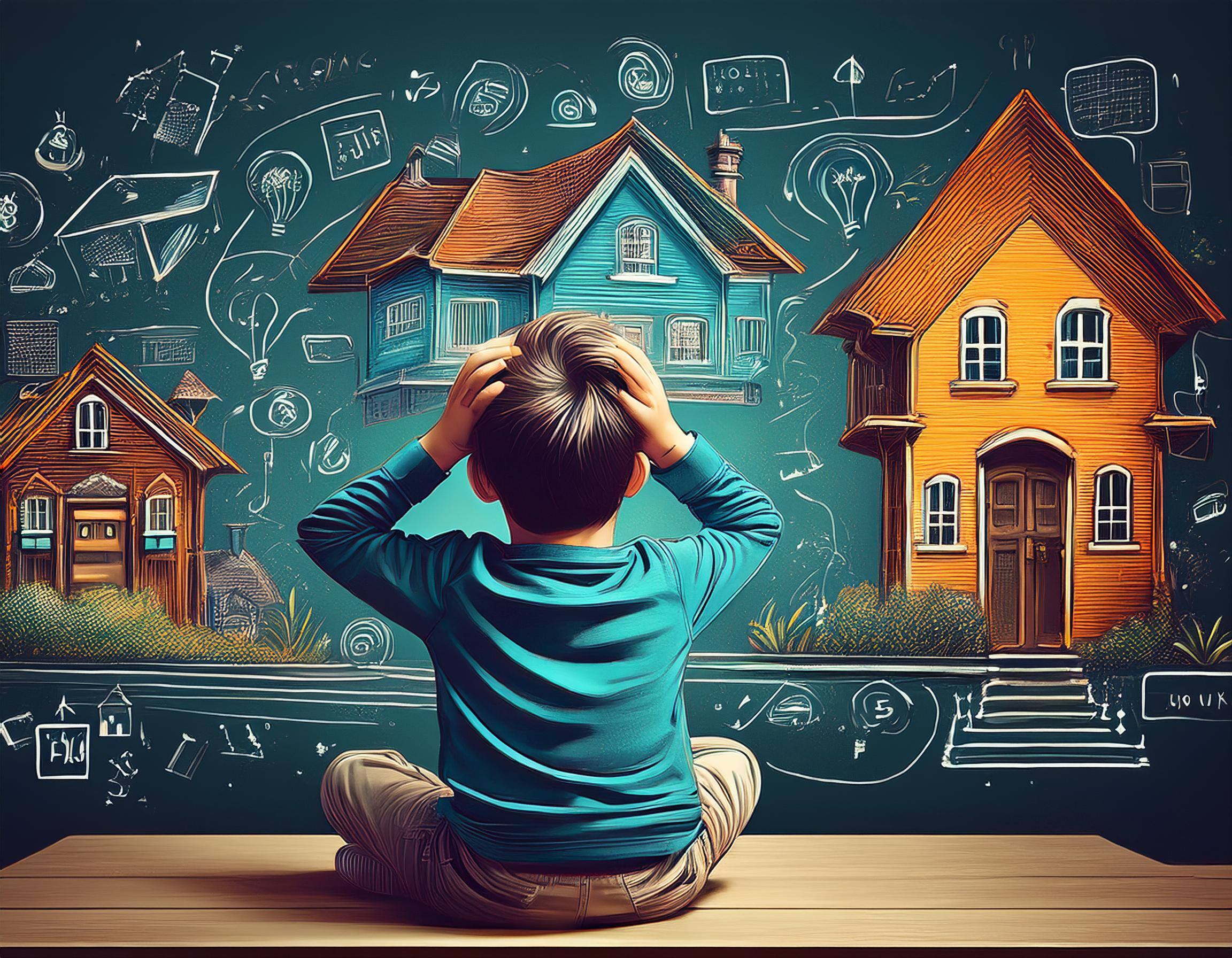How do you define a housing bubble, and why is that important to know? Well, a housing bubble makes a big difference in buyers’ and sellers’ strategies. Most importantly, housing bubbles have profound financial implications for both buyers and sellers.
But it all starts with how you define a housing bubble. Many variables work together to create one (or cause it to Pop). However, it's important to note that when these variables are present in the housing market, it doesn’t necessarily mean a housing bubble is occurring or that a Pop is on the horizon.
WHAT IS A HOUSING BUBBLE
One of the most prominent characteristics of a housing bubble is a surge of home buyers hitting the market all at once. Home prices may begin to rise at an unusual rate, because when the demand for the available supply of homes increases rapidly, it’s typical to see home prices increase at an above-average pace.
Another common characteristic of a housing bubble is speculators (a.k.a. real estate investors) buying a substantial amount of residential properties. Real estate investors aggressively acquire properties when they see property values going up. What they're doing is speculating that buying homes at the current prices will produce significant gains as the real estate prices continue to rise in the future.
So, let’s review where we're at now: When there's a substantial wave of buyers trying to purchase the properties available for sale, and real estate investors are aggressively buying properties, home prices are rising as a result of this sudden uptick in demand for the homes available for sale.
Does that mean there’s a housing bubble present and might pop at any moment? Not necessarily..
MORE VARIABLES OF A HOUSING BUBBLE
Another variable that can contribute to a housing bubble is a drop in mortgage interest rates. This is a primary factor adding to the sudden increase of buyers in the market for a home.
Not only do lower interest rates make it easier for more buyers to qualify for a mortgage, but it also allows them to buy bigger houses. Knowing that they now qualify for a home, or a more expensive home that we previously out of reach, brings previously undecided, or discouraged, buyers into the market.
But let’s not forget one big piece of the housing bubble puzzle. Did you notice that we’ve continually pointed out that all of these buyers and investors are competing for the homes that are available for sale?
Well, that’s one of the most critical variables contributing to a potential housing bubble: Supply. When there are so many potential buyers but not enough properties available to buy, prices continue to rise.
WHERE ARE ALL THE FOR-SALE SIGNS?
If you owned a home and were ready to list it for sale, the increase in home prices might look pretty exciting; that is, until you realize that once your home sells you’ are going to be another buyer in need of a home. And if there are already many multiples of buyers for every home available for sale then you may ask yourself, will you be able to buy a new house after you sell your current property?
Some sellers take the risk and list their homes for sale. But in many cases, these potential sellers decide not to list their home and their home remains off the market. Maybe the seller decides to keep their current home and look for a second home instead. That means they become another buyer competing for the same lot of available homes for sale (possibly just in a vacation area).
Maybe you think that new home construction is the answer to this shortage of available homes. Historically, this has been true, but things have changed over the years. The rate of new construction has not kept pace with the average demand for housing, let alone the exponential increase in demand during a housing bubble.
Throw in skyrocketing raw material prices, increasing labor costs, and a once-in-a-century pandemic and well, it’s safe to say new homes won’t be built fast enough to help stabilize the housing market.
Finally, there’s another factor influencing the increase in prices: bidding wars. Bidding wars occur when multiple buyers compete to purchase a property. You may have experienced this phenomenon yourself as a buyer, a seller, or both.
Buyers are anxious, frustrated, and determined to buy a home. So, they work with real estate agents to learn as much as possible about expected competing offers. Then, they make what they hope will be the winning offer. And they offer to pay as much as they can to entice the seller to choose their offer.
The result is not just a continual increase in prices, but bidding wars can create a frenzy among frustrated buyers. Especially if they’re increasingly competing against real estate investors making all-cash offers.
EVERY BUBBLE POPS, RIGHT?
Is it a law of nature that every bubble eventually pops? We’re not sure of that, but we are confident that this is not true in the case of housing bubbles. Every combination of low housing inventory, significant buyer demand, speculative buying, and low mortgage rates doesn’t end in a crash, or pop.
If the events of 2007 to 2010, a true housing bubble, are still fresh in your mind, it may be difficult to believe some bubbles don’t pop. Let’s look at how they do pop. As in 2007 - 2010, housing bubbles can burst when something occurs to reduce demand.
Things like buyer fatigue as potential buyers become frustrated, discouraged, and priced out of the market. Or a downturn in the economy that impacts employment rates. And if interest rates increase significantly, the pool of potential buyers will shrink.
With fewer buyers in the market, the number of available homes for sale slowly increases. This is also the signal for real estate investors to start to sell the homes they purchased for speculation, and the inventory of homes for sale increases even more.
In 2007-2010, the economic disaster was also due to subprime lending practices, predatory lending, and speculative investments where and the speculators were the banks and Wall Street investors. The result was worse than a drop in home prices, as people lost a large chunk of equity or lost their homes altogether, and the economy entered a recession.
When the country recovered from this economic crisis, the government made sweeping regulatory changes. The Dodd-Frank Act was passed in 2010, giving rise to the Consumer Financial Protection Bureau (CFPB) in 2011, providing stringent oversight for banks and mortgage companies.
Now, when economic conditions give rise to what appears to be a housing bubble, it’s unlikely to lead to a disastrous result as it did in 2007-2010. In historically high-priced real estate markets in the country, property values recovered entirely by 2012-13 and continued to appreciate.
The combination of steady demand and low unemployment are the backbones of these real estate markets. And low unemployment is one of the most significant factors contributing to a strong housing market. The pandemic removed the geographic barrier to employment, maybe even permanently.
Buyers will come as long as an area has good schools, multiple recreational options, and desirable neighborhoods. Take away the need to look for a new job to relocate, and the supply of buyers is steady.








